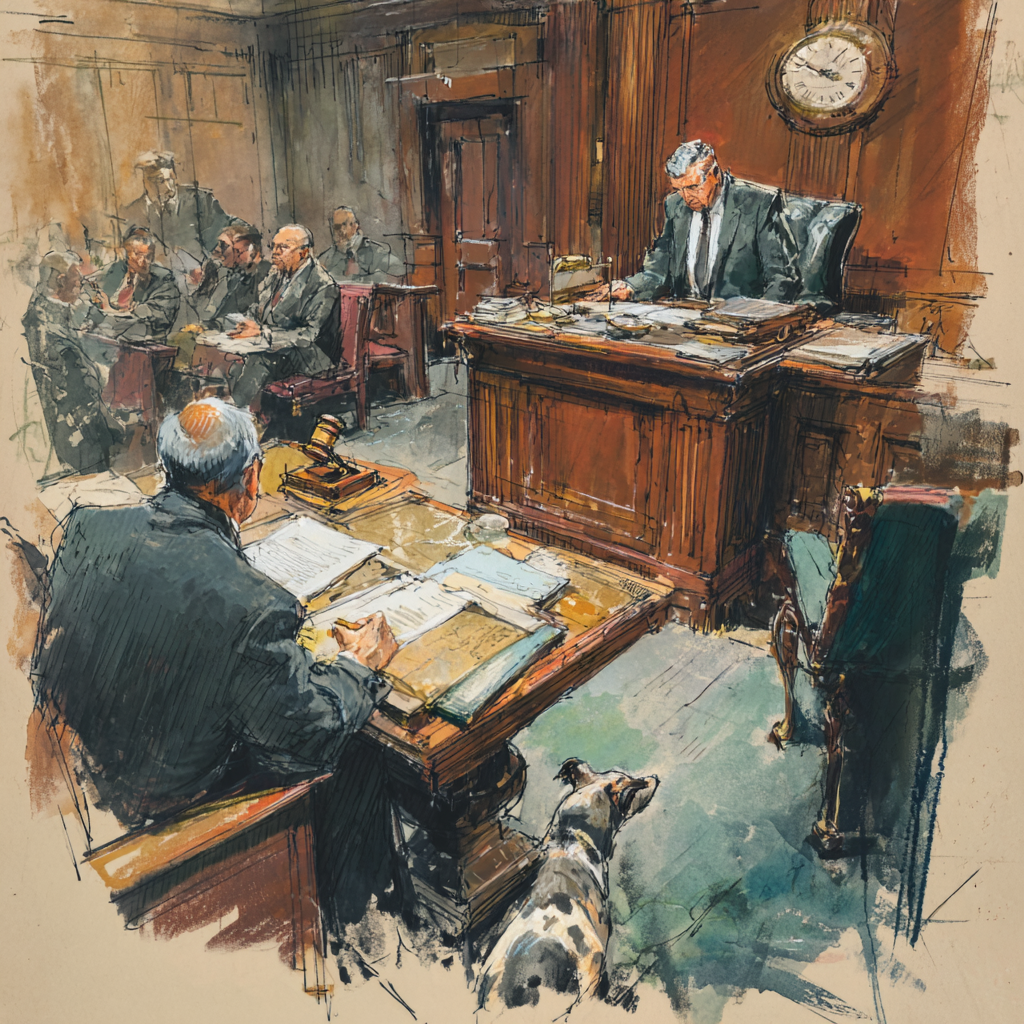CASE #1
Latus v Ishtarq, 2018 NY Slip Op 01417 (1st Dept. 2018)
(1) “Plaintiff’s medical records demonstrated prima facie that plaintiff ceased treatment five months after the accident, after his doctor found that he had full range of motion and that his diagnosed conditions had resolved, and that plaintiff had preexisting conditions that may have contributed to his conditions, including corrected spina bifida and osteoarthritis. Defendants thus shifted the burden to plaintiff to explain his cessation of treatment and to address why his preexisting conditions were not the cause of his current reported symptoms (see Pommells v Perez, 4 NY3d 566, 574-575 [2005]; Alvarez v NYLL Mgt. Ltd., 120 AD3d 1043 [1st Dept 2014], affd 24 NY3d 1191 [2015]).”
(2) “In opposition, plaintiff submitted his own affidavit and the affirmation of his orthopedist. The scrivener’s error concerning the date of the accident was minor and did not warrant rejecting plaintiff’s submissions entirely. Nevertheless, when reviewed on the merits, plaintiff’s evidence was insufficient to raise an issue of fact.
(a) Plaintiff’s physician provided only a conclusory opinion that plaintiff’s injuries were caused by the accident, without addressing the preexisting conditions documented in his own MRI, or explaining why plaintiff’s current reported symptoms were not related to the preexisting conditions (see Nakamura v Montalvo, 137 AD3d 695, 696 [1st Dept 2016]; Farmer v Ventkate Inc., 117 AD3d 562, 562 [1st Dept 2014]).
(b) Further, plaintiff’s claim that he ceased treatment after no-fault benefits were discontinued is unpersuasive since he acknowledged that he had private insurance through his union (see Green v Domino’s Pizza, LLC, 140 AD3d 546, 547 [1st Dept 2016]; Merrick v Lopez-Garcia, 100 AD3d 456, 457 [1st Dept 2012]).
CASE #2
Vila v Foxglove Taxi Corp., 2018 NY Slip Op 01415 (1st Dept. 2018)
(a) “At his deposition, plaintiff testified that he terminated treatment after about six months because he didn’t “like doctors,” and, at the time of the accident, he had private insurance through his employment, and was covered by Medicaid thereafter.”
(b) In his affidavit, however, plaintiff averred that he ceased treatment after three months because no-fault benefits were discontinued, and he could no longer afford to pay on his own. He further stated that an unnamed physician informed him that any further treatments would only be “palliative in nature.”
Rule of law: “A party’s affidavit that contradicts his prior sworn testimony “creates only a feigned issue of fact, and is insufficient to defeat a properly supported motion for summary judgment” (Harty v Lenci, 294 AD2d 296, 298 [1st Dept 2002]; see Cruz v Martinez, 106 AD3d 482, 483 [1st Dept 2013]).”
(c) Moreover, plaintiff’s excuse of inability to pay due to lack of no-fault insurance “makes no sense” in this case, since he testified that he had other insurance (see Cruz v Martinez, at 483; Merrick v Lopez-Garcia, 100 AD3d 456, 457 [1st Dept 2012]). The unexplained four-year period of time in which plaintiff failed to seek treatment for any accident-related injuries, also renders the opinion of his medical expert, who provided a report in opposition to the motion, speculative as to the permanency, significance, and causation of the claimed injuries ”
Here is some context to this post. Putting aside the fact that I try plaintiff and defense personal injury cases, I got a phone call today on a no-fault matter. Injured person is cut off and has his benefits paid for by major medical. Major medical asserts a lien (the validity is questionable although carrier says it is a self-funded Erisa plan. Colloquially, I call BS. Legally, I say you cannot prove this). Side note: I went to a CLE years ago where I learned that no policy is truly fully self-funded. The devil is in the details. Anyway, PI firm settles a minimal policy case with Liability carrier. Now, PI firm brings an OSC to join the major medial carrier and the no-fault carrier in an attempt to void lien.
Questions to be asked:
(1) Why did PI plaintiff continue treatment despite lien issue and no-fault cut off? Answer: see cases above.
(2) Why did PI plaintiff not treat with no-fault or continue the treatment on a lien? Answer: Many medical providers refuse to treat on lien or to allow more than 3-months post IME treatment despite ability to arbitrate. Cash flow issues for providers pre-ordain these results.
(3) What should PI Plaintiff do? Probably should either void lien through OSC or pay out lien and then file suit against no-fault carrier.
(3a) How about AOBs that were issued? Prevailing case law would appear to discharge AOB through conduct, i.e., paying for treatment.
(3b) But Jason, the bills were paid by a third party, how can we file suit against no-fault carrier? Answer: Todaro v. Geico. Google it.
But what fueled questions 1-3(b)? The above line of cases. In my opinion, the cessation of treatment issue involves legislation from the bench and should be statutorily killed. It is a factor to determine the severity of injury and perhaps it is a factor for a jury to determine whether or not the injury was “serious”. But why is it a sin qua non of whether a cause of action lies? It is beyond arbitrary. All you have to do is tell the interlocutor at deposition that you stopped treating because the doctor said no further treatment would help and the injury is permanent.
Should you tell them at deposition that you stopped treating because no-fault benefits were cut off, then we go into issues of whether (a) you could afford to pay for the care, (b) whether major medical would cover or (c) whether medicaid/medicare would cover. If you continue treatment with the above-sources, you save you cause of action but now have grief at the end. If you stop treatment despite above, you are non-suited.
I shall go on record. The state of law is just absurd and internally inconsistent. Why should the ability to pay for treatment render “speculative as to the permanency, significance, and causation of the claimed injuries ” No, I am not writing this at the behest of the NYSTLA. I think this legal fiction breeds more dysfunction in an already broken tort system.









